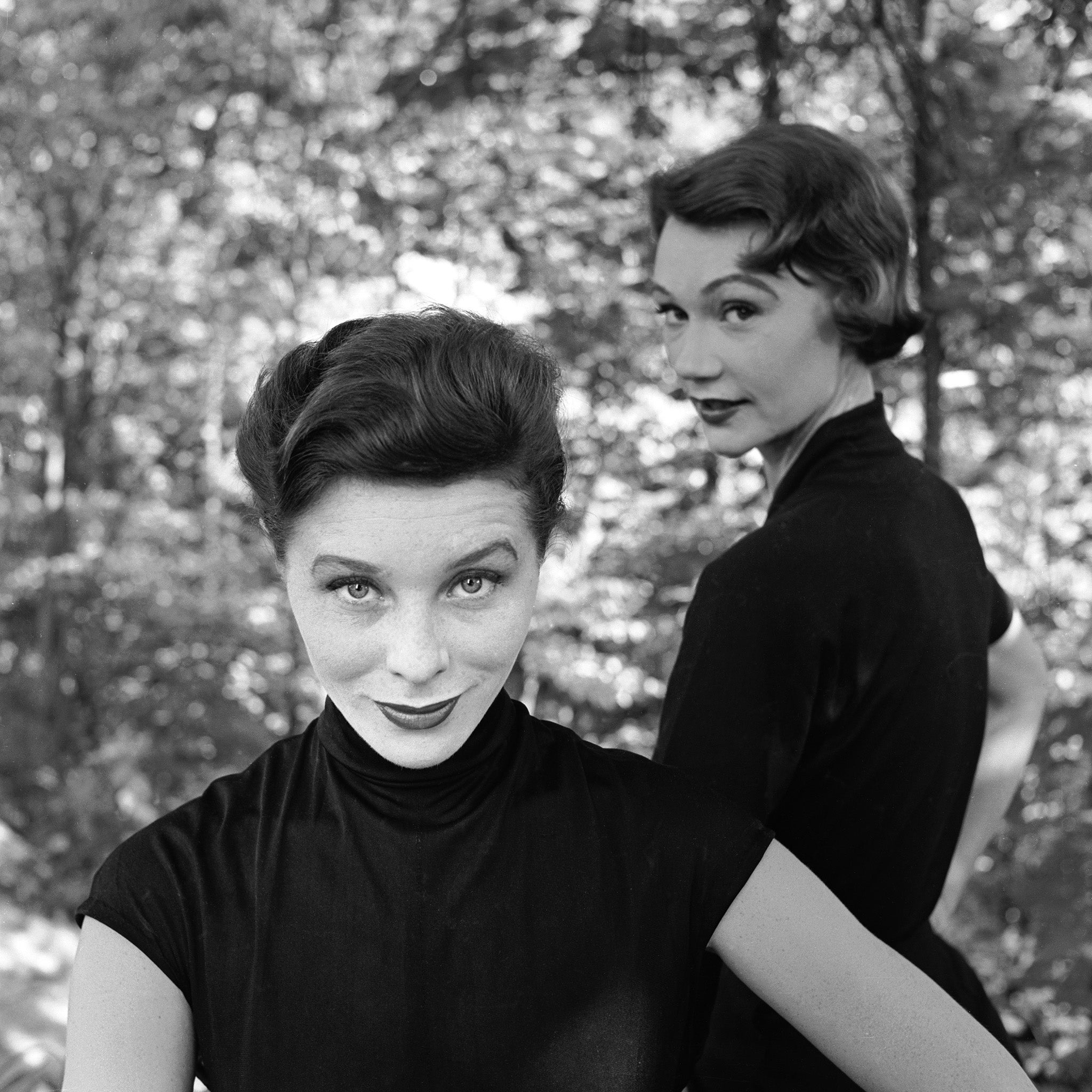Bettina Graziani: One of the original global supermodels who helped Hubert de Givenchy launch his fashion house
One of the highest-paid models of her era, she posed for many of the leading 20th-century photographers, including Irving Penn and Erwin Blumenfeld

Your support helps us to tell the story
From reproductive rights to climate change to Big Tech, The Independent is on the ground when the story is developing. Whether it's investigating the financials of Elon Musk's pro-Trump PAC or producing our latest documentary, 'The A Word', which shines a light on the American women fighting for reproductive rights, we know how important it is to parse out the facts from the messaging.
At such a critical moment in US history, we need reporters on the ground. Your donation allows us to keep sending journalists to speak to both sides of the story.
The Independent is trusted by Americans across the entire political spectrum. And unlike many other quality news outlets, we choose not to lock Americans out of our reporting and analysis with paywalls. We believe quality journalism should be available to everyone, paid for by those who can afford it.
Your support makes all the difference.Bettina Graziani was one of the first supermodels, posing for fashion luminaries such as Hubert de Givenchy, Christian Dior, Coco Chanel and Valentino. She dominated American magazine covers and advertisements in the 1940s and 1950s with her regal poses and dramatic doe eyes.
Born Simone Bodin in Normandy, she had the name Bettina bestowed upon her by designer Jacques Fath, to whom she served as muse. She became one of the highest-paid models of her era and posed for many of the leading 20th-century photographers, including Irving Penn, Henri Cartier-Bresson, Horst P Horst and Erwin Blumenfeld.
She moved to Paris following liberation in 1944. She recalled that her childhood experiences kept her grounded in an industry known for its vanity and excess: “I cycled across frozen cabbage fields to get to school every morning. Experiences like that make you who you are.”
She met designer Jacques Costet in 1945, hoping to secure a job in design, but he thought she showed more promise as a model. Shortly afterwards she linked up with Fath. “He liked that I was ‘different’,” she recalled. “I wore no make-up and I had red hair. Fath was interested in conveying an American spirit and a brand new attitude. He wanted to communicate a modern image to the media... I became the face of Fath.” He told her, “We already have one Simone. You look to me like a Bettina.”
She signed with the agent Eileen Ford in 1950 and within a week of arriving in New York struck a deal to pose exclusively for Vogue. She went on to collaborate with Givenchy, a former assistant to Fath, and helped him launch his first design house in 1952 as publicity director. As Life reported at the time, “She beat the publicity drums, pulled in all the important US fashion editors, posed for pictures, set up seats, pressed clothes back-stage, modelled them on the runway and came out afterwards to sell them.” Givenchy named his debut line after her, and his ruffled shirt, the “Bettina” blouse, became one of his trademark pieces.
After a brief marriage to Benno Graziani, a French journalist and photographer, she drew the attention of the writer Peter Viertel. He abandoned his pregnant wife for her but she left him for the playboy prince Aly Khan, a former husband of Rita Hayworth. They became engaged and, at his request, she shelved her modelling career at her peak in 1955.
In 1960, Khan was killed in a car crash near Paris. Graziani, who was pregnant, was a passenger but sustained only minor injuries but miscarried from the shock. Khan left her $280,000 (worth around £1.5m today).
She remained involved in the fashion industry, handling publicity for Valentino and Emanuel Ungaro in the 1970s. In her 80s she continued to shuttle between Paris and New York for runway shows and industry events.
Simone Bodin, model: born Normandy 8 May 1925; married Gilbert Graziani (marriage dissolved); died 2 March 2015.
© The Washington Post
Join our commenting forum
Join thought-provoking conversations, follow other Independent readers and see their replies
Comments